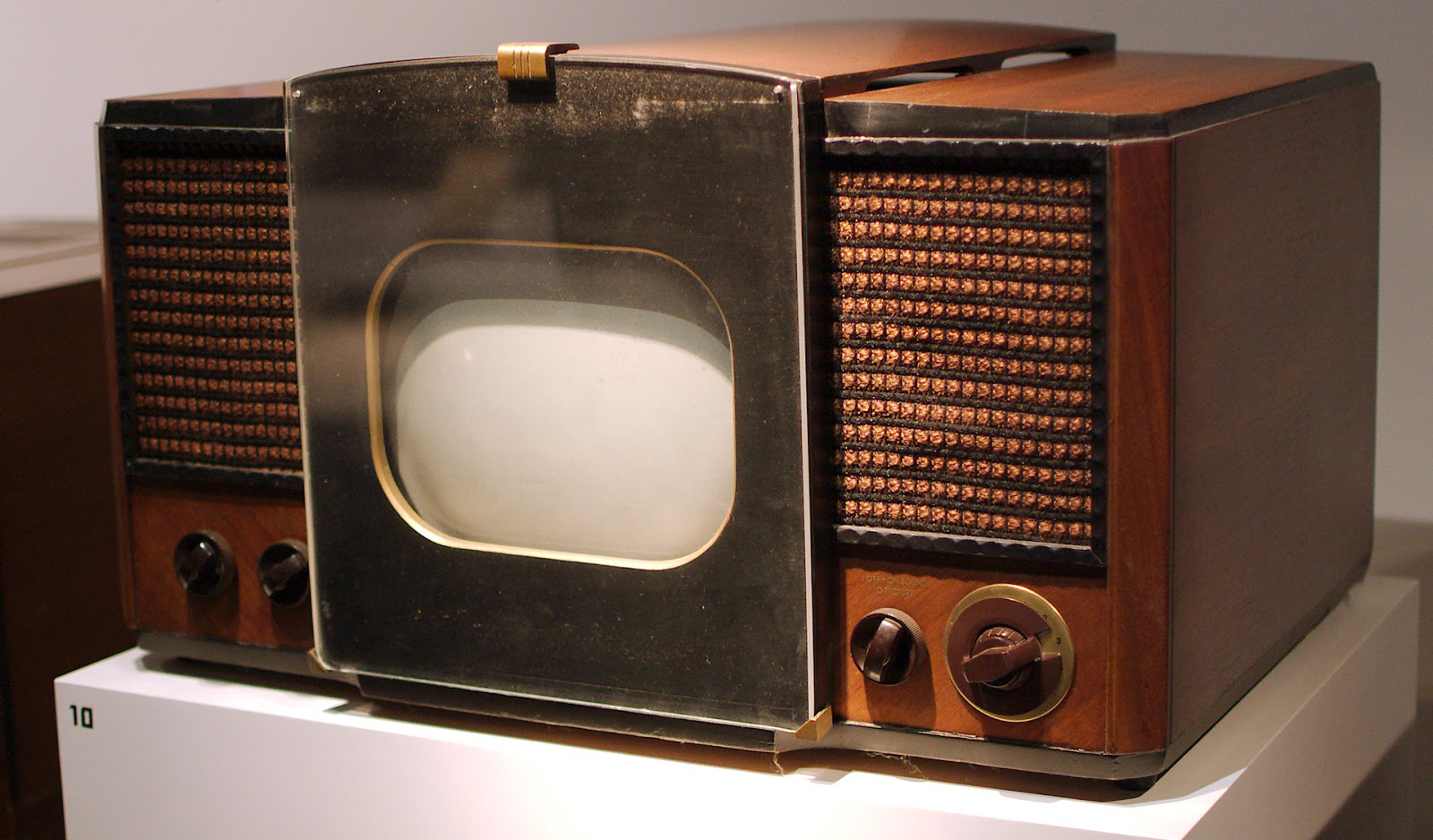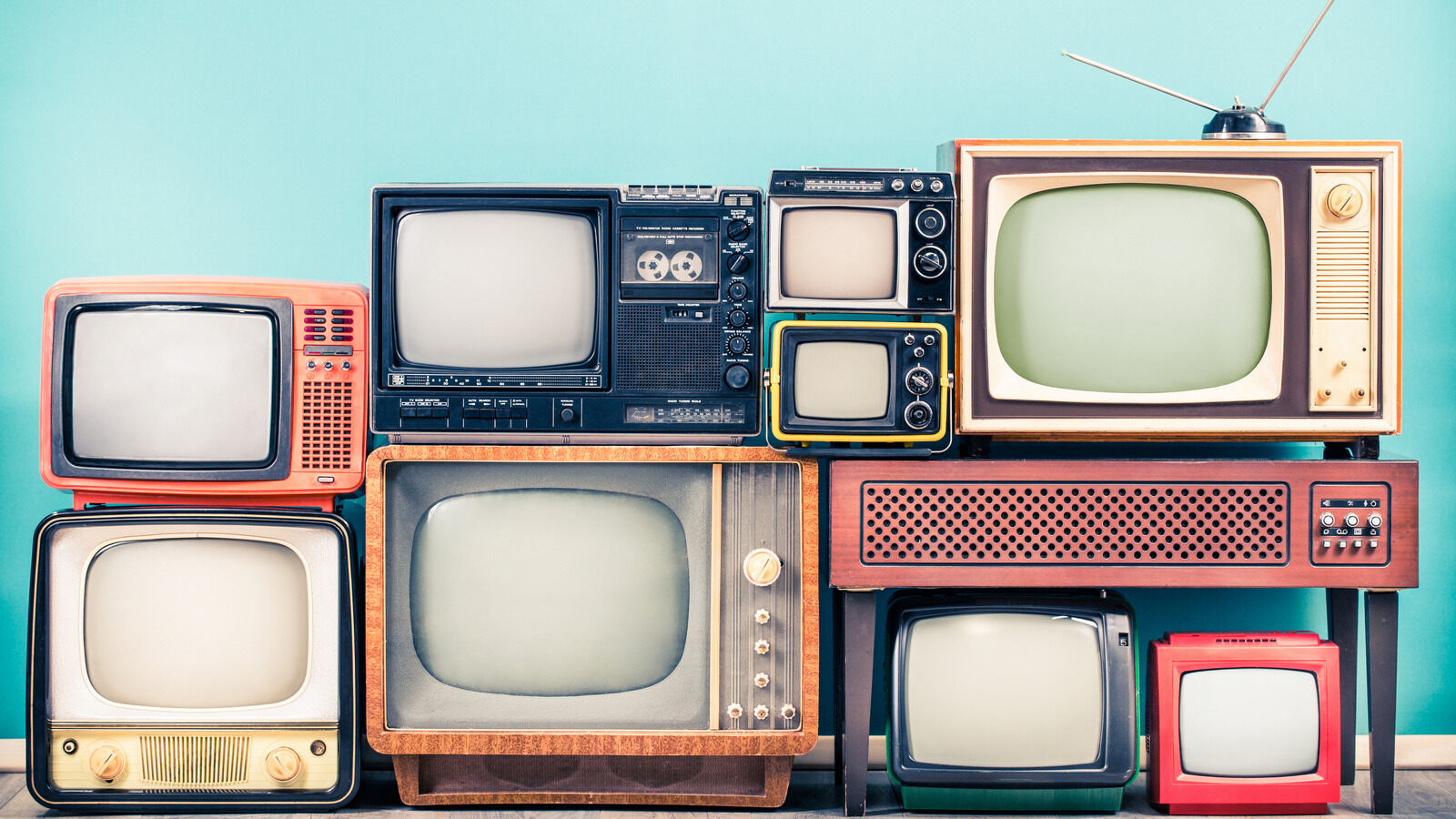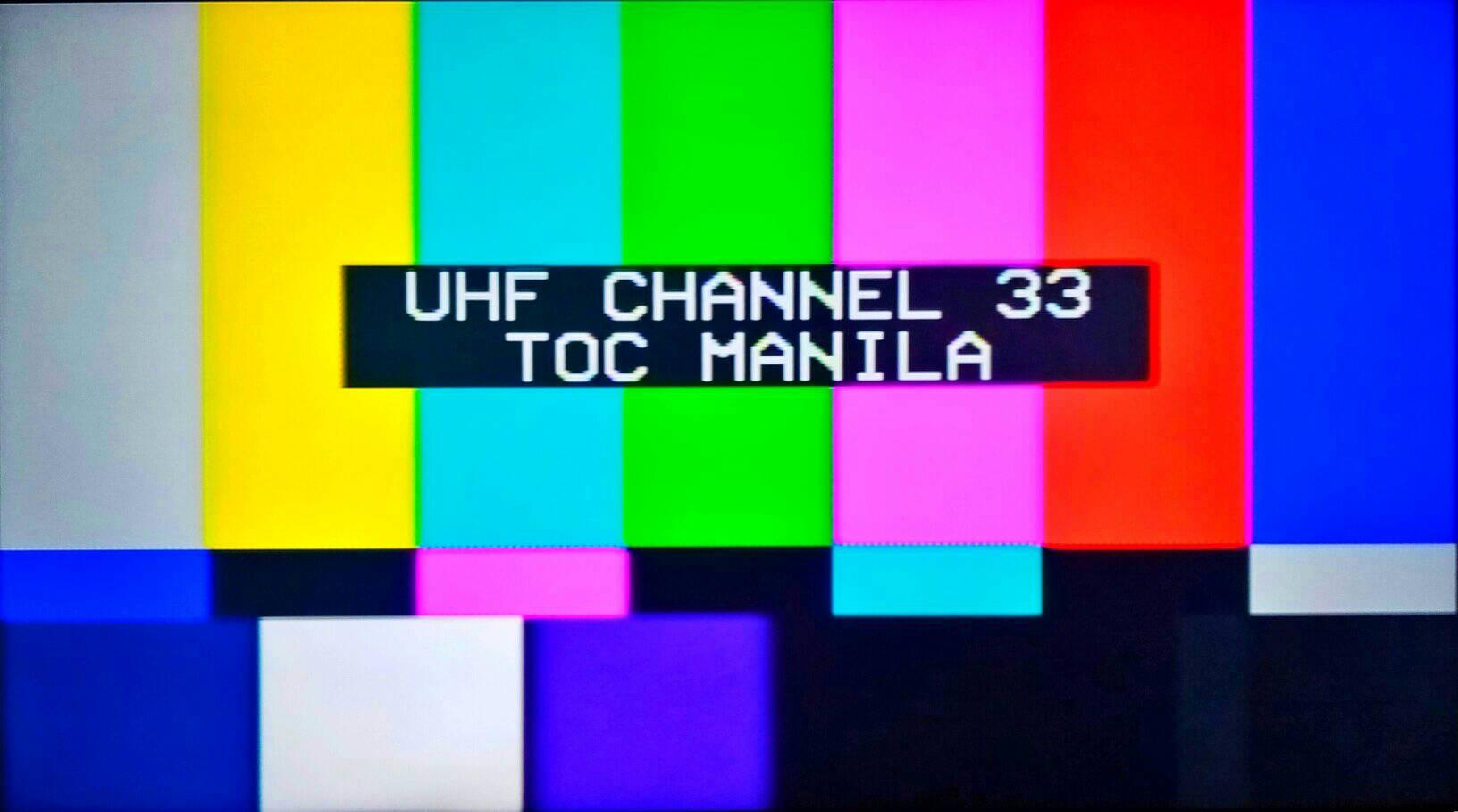Home>Technology>Home Entertainment Systems>When Did The First Television Come Out


Home Entertainment Systems
When Did The First Television Come Out
Modified: January 9, 2024
Discover the history of home entertainment systems and learn when the first television was invented. Explore the evolution of home entertainment technology.
(Many of the links in this article redirect to a specific reviewed product. Your purchase of these products through affiliate links helps to generate commission for Storables.com, at no extra cost. Learn more)
**
Introduction
**
Television has become an integral part of modern life, providing entertainment, news, and information to millions of households worldwide. The evolution of television technology has been remarkable, transforming from its humble beginnings to the advanced, high-definition displays we enjoy today. Delving into the history of the first television allows us to appreciate the pioneering inventors and the groundbreaking advancements that have shaped the way we consume visual media. Join me as we embark on a fascinating journey through time to explore the origins and impact of the first television.
**
Key Takeaways:
- The first television was invented in the late 19th century by pioneers like Paul Gottlieb Nipkow, and it has since revolutionized how we consume information and entertainment, shaping our culture and communication.
- The impact of the first television extends beyond entertainment, influencing advertising, public discourse, and technological innovation, leaving an indelible mark on human society and paving the way for the future of visual storytelling.
Read more: When Did Spongebob Come Out On Television
The Invention of Television
**
The invention of television can be traced back to the late 19th century when several visionaries and inventors laid the groundwork for this revolutionary medium. One of the earliest pioneers in this field was Paul Gottlieb Nipkow, a German engineer who patented the first electromechanical television system in 1884. Nipkow’s design incorporated a rotating disk with perforations arranged in a spiral pattern, which became known as the Nipkow disk. This crucial innovation paved the way for the development of early television technology.
Subsequently, the concept of transmitting images through wires gained momentum, leading to significant advancements by other notable figures such as Vladimir Zworykin and Philo Farnsworth. Zworykin, a Russian-born American engineer, is credited with inventing the iconoscope, an early electronic camera tube essential for capturing and transmitting images. Meanwhile, Farnsworth, an American inventor, successfully demonstrated the first working electronic television system in 1927, utilizing his image dissector camera tube.
These groundbreaking contributions set the stage for the rapid evolution of television technology, as inventors and innovators continued to refine and improve the medium’s capabilities. The transition from mechanical to electronic television systems marked a pivotal turning point, laying the foundation for the sophisticated televisions that would eventually become commonplace in households around the world.
**
The First Television
**
After years of experimentation and technological advancements, the first fully functional television set was unveiled to the world. In 1927, Philo Farnsworth, often hailed as the “Father of Television,” achieved a monumental milestone by successfully transmitting the first electronic television image. Farnsworth’s innovative system, utilizing his patented image dissector camera tube, demonstrated the feasibility of electronic television and laid the groundwork for the development of the first practical television sets.
Following Farnsworth’s pioneering work, the first commercially available television sets began to emerge in the 1930s, marking the dawn of a new era in home entertainment. These early television models featured small screens and utilized cathode ray tubes (CRT) to display monochromatic images. Despite their limited capabilities, these devices captivated audiences and sparked a growing interest in the potential of television as a mass communication medium.
One of the earliest mass-produced television sets, the RCA 630-TS, introduced in 1946, symbolized a significant leap forward in television technology. This iconic model, often referred to as the “Sightmaster,” boasted a 10-inch screen and represented a major advancement in consumer electronics. The introduction of the RCA 630-TS marked the transition from experimental television prototypes to commercially viable products, paving the way for the widespread adoption of television in households across the United States.
As television technology continued to evolve, subsequent innovations led to the development of color television, flat-screen displays, and high-definition formats, revolutionizing the viewing experience. The journey from the first rudimentary television systems to the sleek, feature-rich displays of today reflects the remarkable progress and ingenuity that have defined the evolution of this ubiquitous medium.
**
The first television was invented in the 1920s, but it wasn’t until 1939 that the first commercially available television was introduced to the public at the New York World’s Fair.
The Impact of the First Television
**
The introduction of the first television had a profound and far-reaching impact on society, revolutionizing the way people consumed information and entertainment. As television sets found their way into living rooms across the globe, they became a focal point for family gatherings and cultural experiences, shaping the collective consciousness of entire generations.
One of the most significant impacts of the first television was its role in shaping public discourse and disseminating news and information. With the advent of televised news broadcasts, events from around the world could be witnessed in real time, bringing a new level of immediacy and visual storytelling to the reporting of current events. Television became a powerful tool for shaping public opinion and raising awareness of global issues, fostering a sense of interconnectedness among viewers.
Furthermore, the emergence of television as a primary source of entertainment transformed popular culture and media consumption habits. Families gathered around their television sets to enjoy a wide array of programming, including sitcoms, dramas, variety shows, and live performances. The shared experience of watching television became a unifying force, influencing fashion, language, and social trends.
Moreover, the first television played a pivotal role in the evolution of advertising and marketing, providing a platform for brands to reach a mass audience through commercial broadcasts. The rise of television advertising revolutionized consumer behavior and brand awareness, shaping the modern advertising landscape and influencing consumer purchasing decisions.
From a technological standpoint, the first television set the stage for continuous innovation and improvement in display technology, leading to the development of high-definition, flat-panel, and smart televisions. These advancements have transformed the viewing experience, offering immersive visuals and interactive features that were once unimaginable.
Ultimately, the impact of the first television extends beyond its technological and cultural influence, shaping the way we communicate, entertain, and perceive the world around us. The legacy of the first television lives on in the ever-evolving landscape of visual media, leaving an indelible mark on human society.
**
Conclusion
**
The journey from the invention of the first television to the present-day marvels of display technology is a testament to human ingenuity and innovation. The visionary contributions of pioneers such as Paul Gottlieb Nipkow, Philo Farnsworth, and countless others have shaped the evolution of television, transcending technological barriers and reshaping the fabric of modern society.
As we reflect on the impact of the first television, it becomes evident that this groundbreaking invention has left an indelible mark on human culture and communication. From its humble beginnings as a mechanical contraption to the sleek, high-definition displays that adorn our living spaces today, television has evolved into a ubiquitous medium that informs, entertains, and connects people on a global scale.
The first television set the stage for a new era of visual storytelling, empowering individuals to witness historical events, immerse themselves in captivating narratives, and engage with the world in unprecedented ways. Its influence on popular culture, advertising, and the dissemination of information has been profound, shaping the collective experiences and memories of generations past and present.
Looking ahead, the legacy of the first television continues to inspire ongoing advancements in display technology, content creation, and interactive media. The enduring impact of this revolutionary invention serves as a reminder of the boundless potential of human creativity and the enduring power of visual communication.
As we embrace the future of television and the ever-expanding possibilities it holds, let us pay homage to the remarkable journey that began with the invention of the first television—a journey marked by innovation, discovery, and the relentless pursuit of bringing the world into focus through the captivating lens of the television screen.
Frequently Asked Questions about When Did The First Television Come Out
Was this page helpful?
At Storables.com, we guarantee accurate and reliable information. Our content, validated by Expert Board Contributors, is crafted following stringent Editorial Policies. We're committed to providing you with well-researched, expert-backed insights for all your informational needs.
















0 thoughts on “When Did The First Television Come Out”